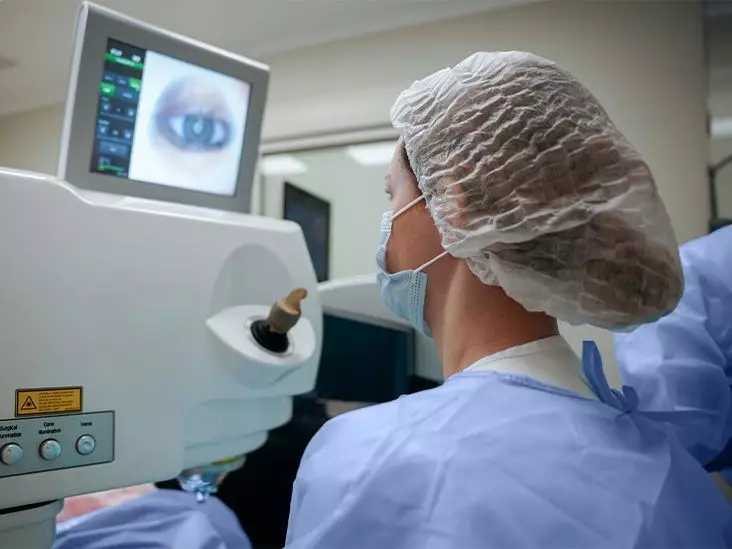Diabetic retinopathy (DR) remains one of the leading causes of vision impairment and blindness among individuals living with diabetes. Early detection plays a crucial role in managing this progressive eye disease. At the forefront of screening and monitoring is the Diabetic Retinopathy Severity Scale (DRSS), specifically the Early Treatment Diabetic Retinopathy Study (ETDRS) scale, which allows healthcare providers to quantify and understand the severity of DR in patients.
Diabetic retinopathy is a complication that affects the retina’s blood vessels due to prolonged high blood sugar levels, negatively impacting how the eye senses light and conveys visual information to the brain. The retina, situated at the back of the eye, is vital for capturing images and transmitting visual signals. Over time, unmanaged diabetes can result in the deterioration and occlusion of these blood vessels, leading to DR’s characteristic complications.
Initially, individuals afflicted with DR may not exhibit any clear symptoms. Hence, healthcare professionals emphasize the importance of regular eye examinations. These routine checks serve as a preventive measure, aiding in the early identification of the condition before more serious symptoms manifest, such as blurred vision or dark spots. Once detected, timely interventions can minimize the risk of substantial vision loss.
The DRSS, particularly the ETDRS model, is structured into 13 distinct levels that classify the severity of DR. This scale not only measures the current state of a patient’s retinopathy but also helps track changes in vision over time, which is vital for effective management.
The stepwise progression from mild to severe stages is a reflection of increasing retinal damage and the potential for vision loss. Higher levels on the scale indicate a greater risk of complications, including non-proliferative diabetic retinopathy (NPDR) and proliferative diabetic retinopathy (PDR). NPDR, the early phase of DR, can result in subtle changes that often go unnoticed. Conversely, PDR represents a more advanced stage characterized by the growth of new, abnormal blood vessels that are likely to bleed or cause severe retinal damage.
When assessing a patient’s condition using the ETDRS, healthcare providers often conduct visual acuity tests via an ETDRS chart, which consists of rows of letters that decrease in size. The healthcare professional measures how many letters a patient can read accurately, which helps derive the ETDRS score. This score provides a precise method for categorizing the severity of DR for each eye independently.
This quantitative assessment becomes pivotal during treatment planning. Based on the scores received, providers can devise tailored treatment strategies, which may include medications, laser treatments, or surgical interventions. These interventions aim to reduce retinal swelling, prevent complications, and ultimately preserve remaining vision.
Preventive Measures and Management Strategies
While healthcare interventions play a vital role in treating DR, patients themselves can adopt several lifestyle modifications to decrease their risk of developing DR. Maintaining optimal blood sugar levels is paramount. Individuals are encouraged to engage in regular physical activity, follow a balanced diet, adhere to prescribed medications, and manage blood pressure and cholesterol levels appropriately.
Regular comprehensive dilated eye exams are also recommended annually for those living with diabetes. These proactive measures not only aid early detection but can also significantly delay or prevent the onset of vision loss associated with DR.
The ETDRS DRSS serves as a crucial tool for healthcare professionals in assessing, monitoring, and developing treatment plans for diabetic retinopathy. Understanding this scale and its implications for eye health can empower individuals with diabetes to take charge of their health proactively. With awareness comes better management, leading to a higher quality of life and a significantly reduced risk of vision loss. Through education, timely interventions, and adherence to recommended practices, the burden of diabetic retinopathy can be managed more effectively, ensuring that patients maintain their ocular health and visual capabilities for years to come.

